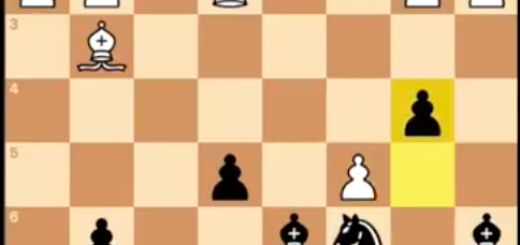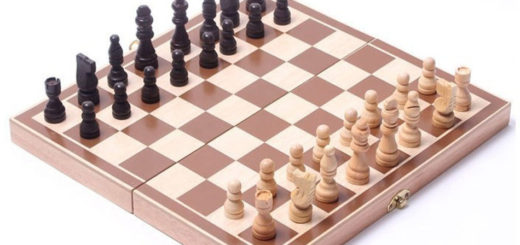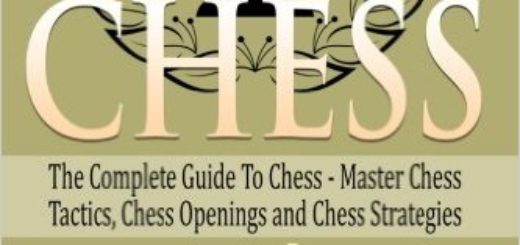Chess Match Lesson – Capturing Opponent’s Queen w “Check & Awe”
Chess Match Lesson
Capturing Opponent’s Queen w “Check & Awe”
I recently played a chess match online that I used the move “Check & Awe” from our E-Book The Chess Formula and wanted to share the video today.
The “Check & Awe” move consists of placing your opponent’s King in check and then being in a position to capture one of their high ranking pieces the following move. In this case, it resulted in capturing my opponent’s queen, without my opponent being able to capture mine in return,
First, I’ll break down the course of the game, and then cover the final move which occurred at the end.
Chess Match Breakdown
In the beginning of the chess match it’s a fairly standard open, with each of us moving our pieces out onto the chessboard.
51 seconds – At this point in the game, rather than capturing my opponent’s pawns off the bat, I moved my own pawn up to open the board more.
59 seconds – I move my pawn forward placing my opponent in a bind. His rook is now in my line of capture from my bishop, and the knight is also now in a position to be captured.
1:04 – My opponent decides to move the rook (a higher value piece than the knight) and I capture their knight, giving me an advantage in the match.
1:13 – My opponent has unguarded pawn and I capture it with my knight
1:27 – My opponent captures a pawn of mine and then we capture each other’s rooks.
1:32 – I move the bishop in a position to capture the queen, my opponent moves their queen to a fatal position
1:38 – Using “check and awe” from The Chess Formula, I place the King in check with the bishop, while having my opponent’s queen in the line of capture with my own queen. My opponent now must capture my bishop, and on the next move, I capture my opponent’s queen.
After this, my opponent decided to resign, as opposed to playing out until checkmate.
What can be taken from this match is a few things:
- It’s usually only 1 or 2 moments in the chess match that define the game. In this match, it was 59 seconds in when my opponent was forced to lose 1 of their high ranking pieces. This is why it’s always important to keep an eye on your Rook’s relative to your opponent’s bishop’s relative to your rooks, as the rooks tend to be the most vulnerable starting in the corner of the chessboard.
- Always look for opportunities to place the King in check and then capture your opponent’s other pieces on the following move. Also be sure to not allow this to happen to you. Had my opponent moved the queen elsewhere, while I had an advantage, they still may have been able to win the chess match.
Ready to take your chess game to the next level?
Purchase The Chess Formula Via the Link Below
Learn More:




